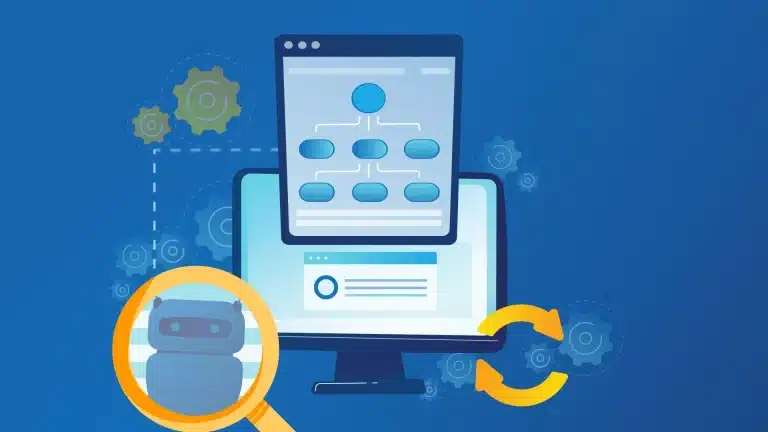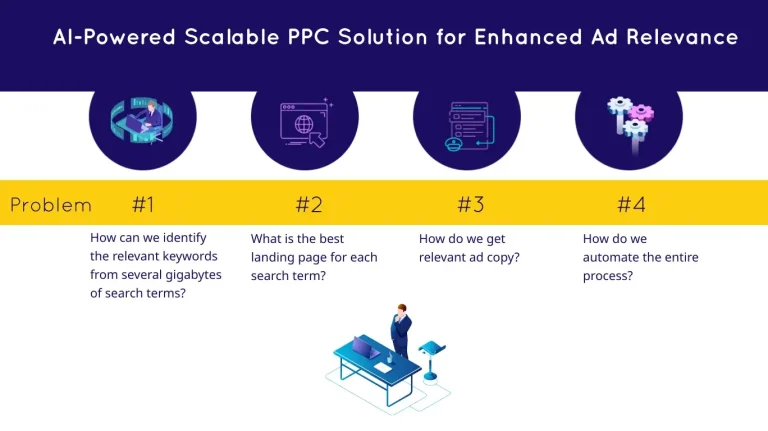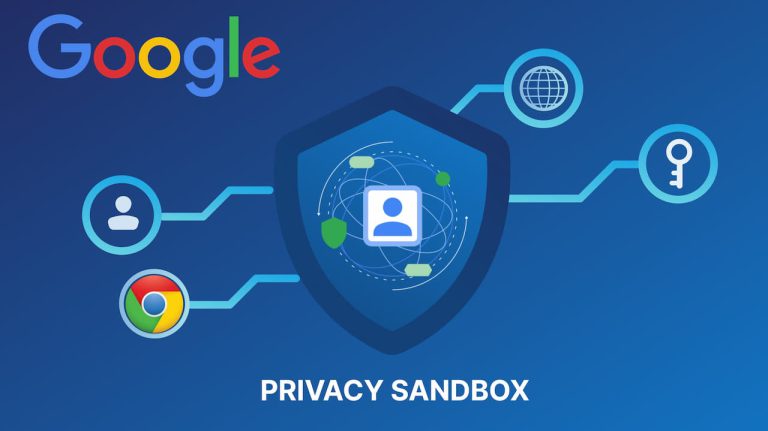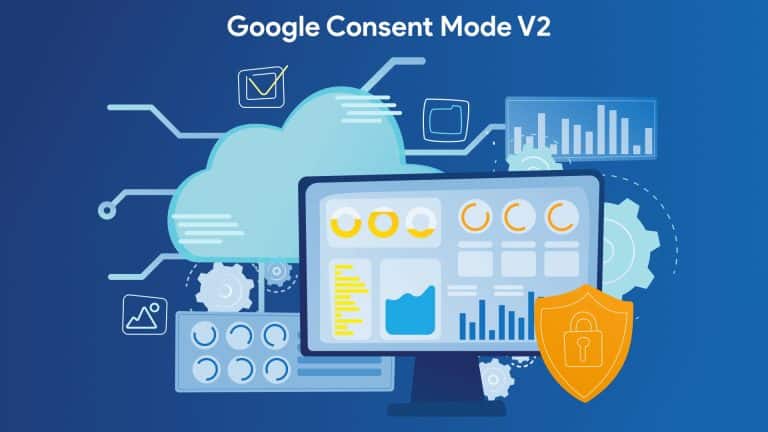Managing first-party data has been a tough nut to crack. Accessing and integrating data across various channels is challenging and time-consuming.
However, we have great news. It’s time to say goodbye to the cumbersome old ways and embrace this new approach called Google Ads Data Manager to handle first-party data.
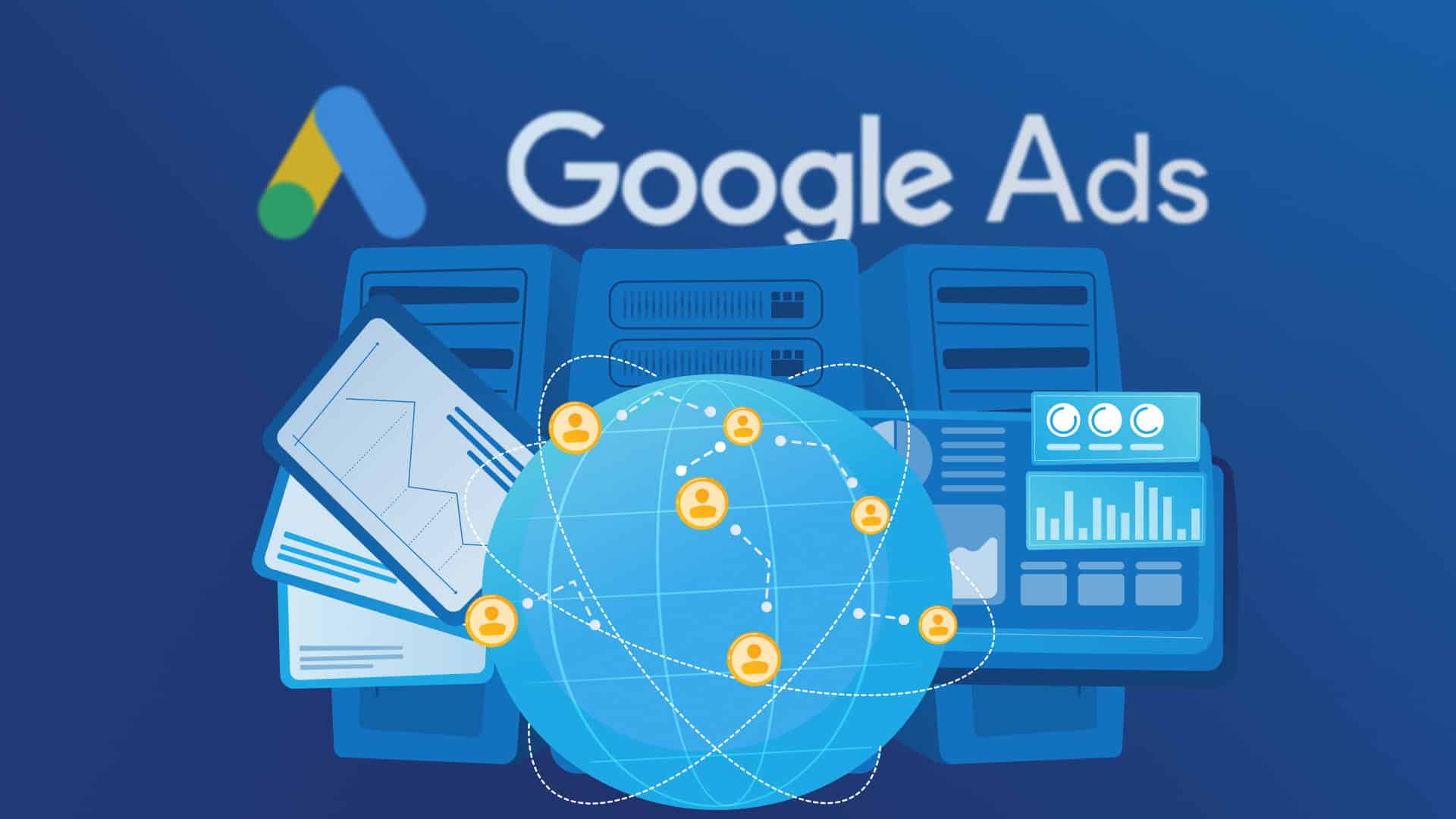
What is Google Ads Data Manager?
Google has rolled out an ad measurement tool integrates with marketeers’ first-party data. It aims to simplify the management and usage of first-party data for marketing purposes. The data will be easily accessible and usable regardless of where it’s stored.
- Easier customer data processing.
- Easier measurement.
- Relevant advertising distribution.
This tool simplifies data access and integration into marketing strategies, while also boosting business revenues.
Benefits of Google Ads Data Manager
- Centralized data management: Thanks to the single interface, it’s easy to handle first-party data across different platforms. That also means lesser workload without requiring code knowledge. Therefore, data analysts and marketeers can work on the same platform.
- Improved conversion measurement and targeted advertising: It helps better measure Google Ads conversions and reach the target audience with more relevant ads.
- Seamless integration for incremental revenue: It allows integrating the data and matching it with Google’s data to evaluate campaign performance.
Why is first-party data important?
First-party data enables the creation of new data connections and targeted advertising. Through a collaborative interface, analysts can create new data connections, and so marketers can track conversions and target customers with relevant ads.
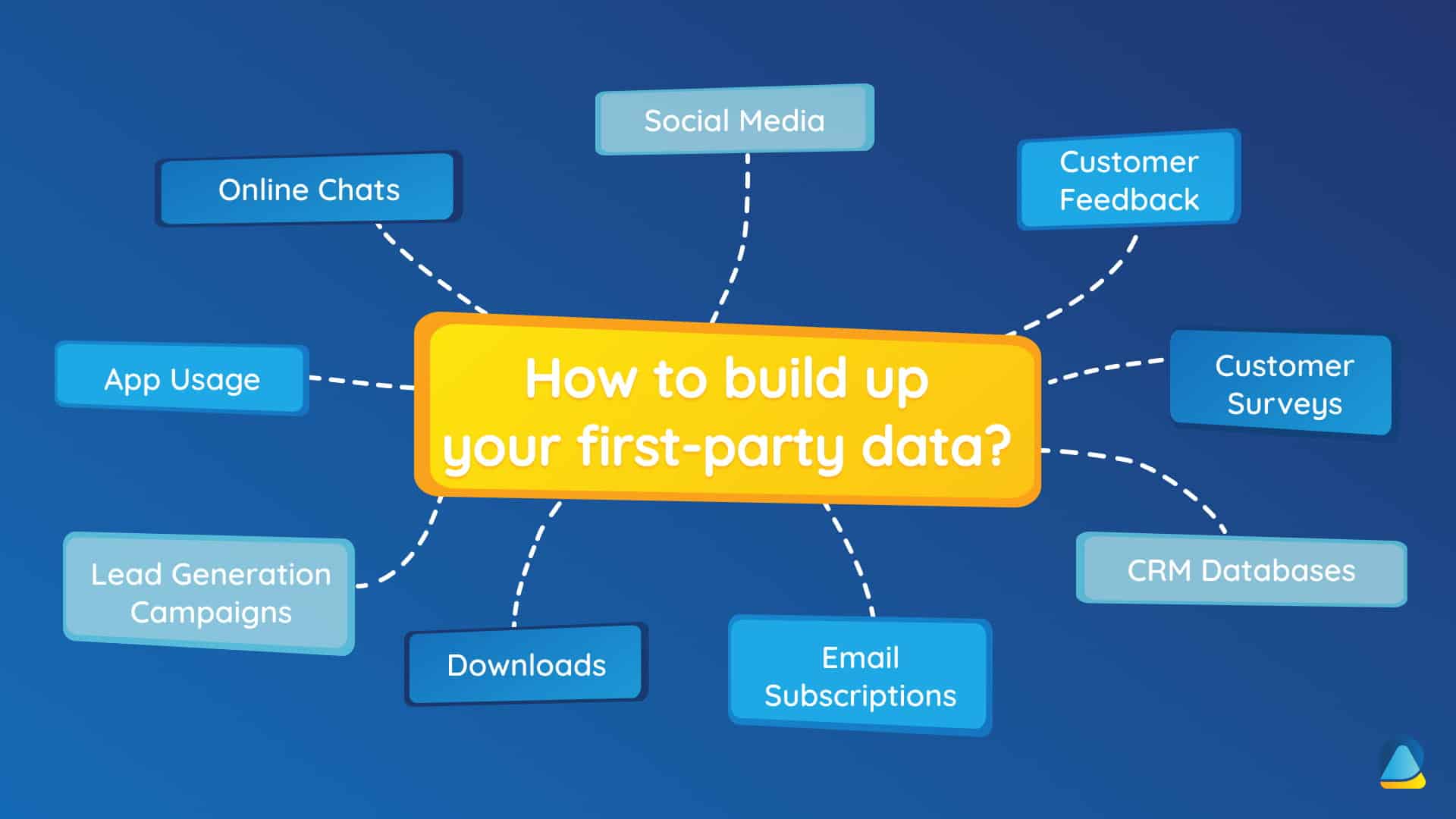
How to use first-party data
First-party data comes directly from your audience, such as website visitors, customers, or social media followers. This data provides insights into their behaviors and interactions with your brand. Therefore, your marketeers can tailor your marketing campaigns to better resonate with your target audience. More relevant and personalized outputs can enhance the user experience and build stronger relationships with your customers. At the end, you may have more loyalty and conversions.
Practically, first-party data can be applied in numerous ways. For instance, brands can segment their audience based on specific demographics or behaviors and send personalized emails or promotions. They can also optimize landing pages for different audience segments to ensure the content aligns with the visitor’s interest. Besides, by looking at this data, businesses can find trends for improvement, which can enhance their strategies and offer products or services that meet their customers needs.
Third-party cookies ending soon
The European Union has made regulations on data privacy and protection for its citizens because of high data concerns. Therefore, some companies have begun collecting and using third-party data with users’ permission or trying new solutions such as walker.js. Then, Google has also decided to remove third-party cookies in the beginning of 2024. However, this makes measuring campaign performance difficult for marketers.
As privacy regulations make it harder to use third-party cookies and online tracks, the value of first-party data has increased. However, with Google’s new tool, connecting and using first-party data will be easier. The tool is designed to measure campaign performance without using browser cookies or outdated techniques. How? It centralizes all data management. Additionally, while integrating data sources, advertisers will learn how to protect the consumer data privacy.
Update: Google had intended to end third-party cookies by early 2024. But, recently, VP Anthony Chavez posted on the Privacy Sandbox Blog that they won’t remove cookies. Instead, they’ll focus on giving users more control over their browsing data.
Conclusion
In conclusion, it won’t be available until early 2024 And, the initial launch will focus on increasing conversions and customer matching in Google Ads. However, in the following months and years, the tool may be expanded to other advertising products.
Need a customizable solution?
We love to build custom scripts and tools for our partners. If you’re also looking for customizable solutions for your ads campaigns, PEMAVOR is the right address. Contact now.
